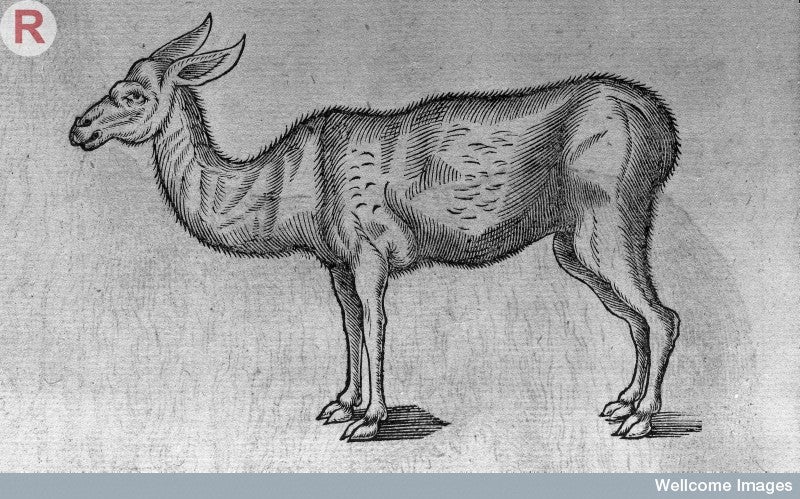


Furthermore, a particular type of chimera called 'androgenetic chimera' recently described in fetuses with placental mesenchymal dysplasia and in rare patients with Beckwith-Wiedemann syndrome is discussed. In addition, there are other entities, which are also referred to as chimera: parthenogenetic chimera and chimera resulting from fertilization of the second polar body. Experts aren’t quite sure how common natural chimeras are in the human population, as only 100 cases have been documented so far. A human chimera is made up of two different sets of DNA, from two different individuals. Stricto sensu, chimerism occurs from the post-zygotic fusion of two distinct embryos leading to a tetragametic chimera. In ancient Greek mythology, a chimera is a mix between a lion, goat, and serpent. Several mechanisms are involved in the production of chimera. By definition, a chimera is produced by the fusion of two different zygotes in a single embryo, while a mosaic contains genetically different cells issued from a single zygote. It may be the result of mosaicism or chimerism. However, the underlying mechanisms are poorly understood. Approximately 10% of true human hermaphrodites show this type of karyotype. It usually results in individuals with ambiguous genitalia. Mosaics also have variation in their DNA from one cell to the next. Chimeras are not the only people who carry different sets of DNA in their bodies. The normal mice to the left are her children - its reproductive parts are that of a normal mouse. Just like how the mythical chimera has body parts from different animals, a chimeric person has cells from different individuals.

Chimera (genetics) - Wikipedia Picture: a chimeric mouse that is part normal normal mouse, part albino laboratory mouse. The finding of a mixture of 46,XX and 46,XY cells in an individual has been rarely reported in literature. In genetics, chimera is a single organism that consists of cells with more than one genotype.


 0 kommentar(er)
0 kommentar(er)
